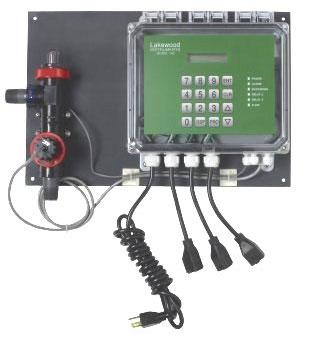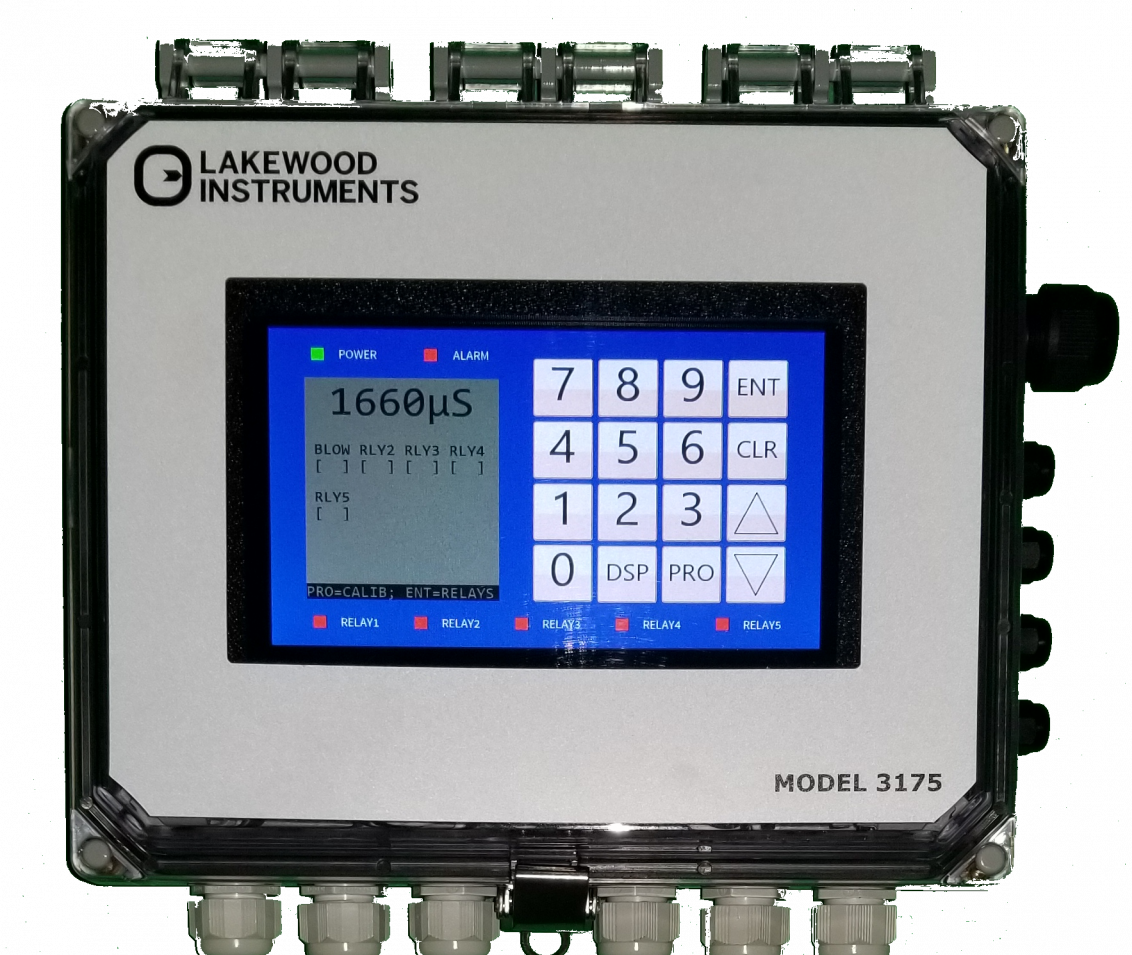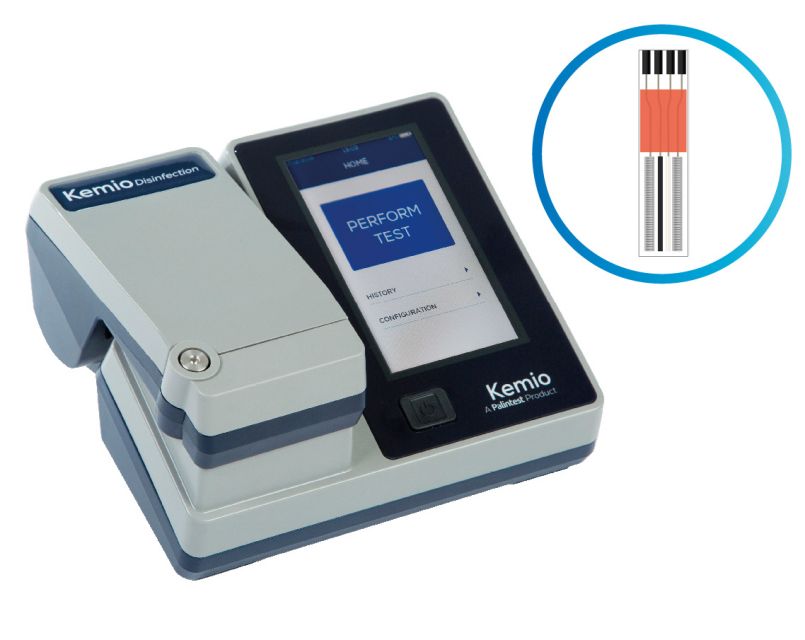Calculate boiler water blowdown flow
October 02, 2017 0 Comments

To control the level of total dissolved solids (TDS) within the boiler
As water is boiled within the boiler and steam is produced, then the solids remain in the water and concentrate. Thus, over time the level of total dissolved solids (TDS) increases. Further evaporation causes these dissolved solids to come out of solution, and to produce suspended solids (sludge). As the dissolved solids increase there is a risk of ‘carry over’ of boiler water into the steam. It is therefore extremely important to control the level of Total Dissolved Solids. This is achieved by either continuous or intermittent blow down. Manual bottom blow down through the main bottom blow down valve should still be carried out at regular intervals to remove sludge.
|
Manual Control of TDS and Blowdown Time |
|
Automatic Control of TDS and Blowdown Time |
Boiler Water TDS Boiler Water TDS
How to calculate the required blowdown rate of a boiler
Blowdown rate =
𝐹𝐹 × 𝑆𝑆 Where: 𝐵𝐵−𝐹𝐹F
For example:
To keep a steam boiler producing 4000 kg/hr of steam below 3500 ppm TDS when fed from a feed tank having a TDS of 80ppm, it will need to blowdown at least;
F 80 ppm 80 × 4000 S 4000 kg/hr 3500 − 80
B 3500 ppm
Typical permissible levels of boiler water TDS
= 93.6 kg/hr
Feed tank TDS in ppm
Actual boiler steam production in kg/hr
Maximum TDS allowed in the boiler in ppm
|
Type of Boiler |
TDS level in parts per million (ppm) |
|
Water tube – High Pressure |
1,000 |
|
Vertical shell |
2,500 |
|
Modern packaged 3 pass |
3,000 |
|
Older economic 2 pass |
4,500 |
|
Water tube – Low Pressure |
5,000 |
|
Lancashire |
10,000 |
Also in Blog

Advanced Cooling Tower Management: Enhancing Efficiency with Lakewood Model 140
February 28, 2024 0 Comments

Optimizing Cooling Tower Performance: Understanding Efficiency, Maintenance, and Water Quality Management
February 28, 2024 0 Comments

Revolutionizing Water Analysis: Everything You Need to Know About the Kemio KEM10DIS
April 19, 2023 0 Comments

